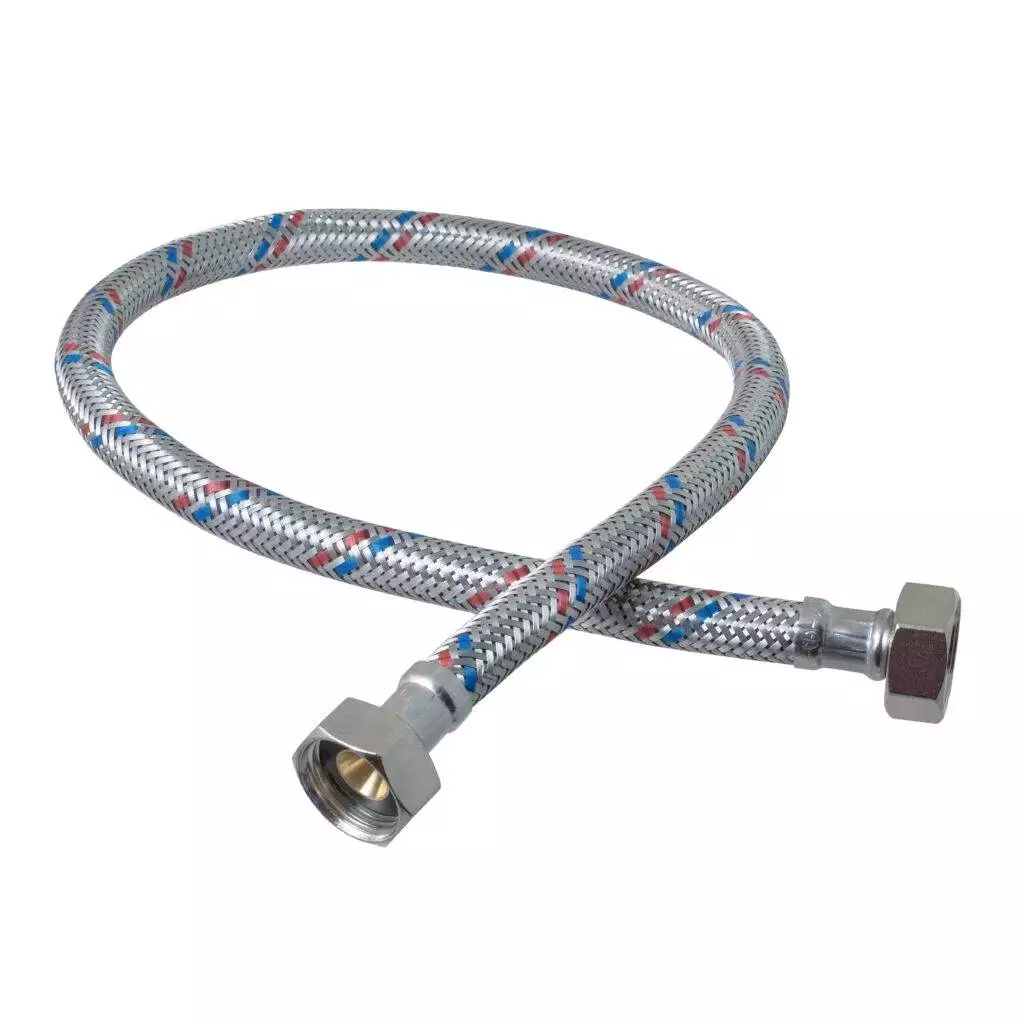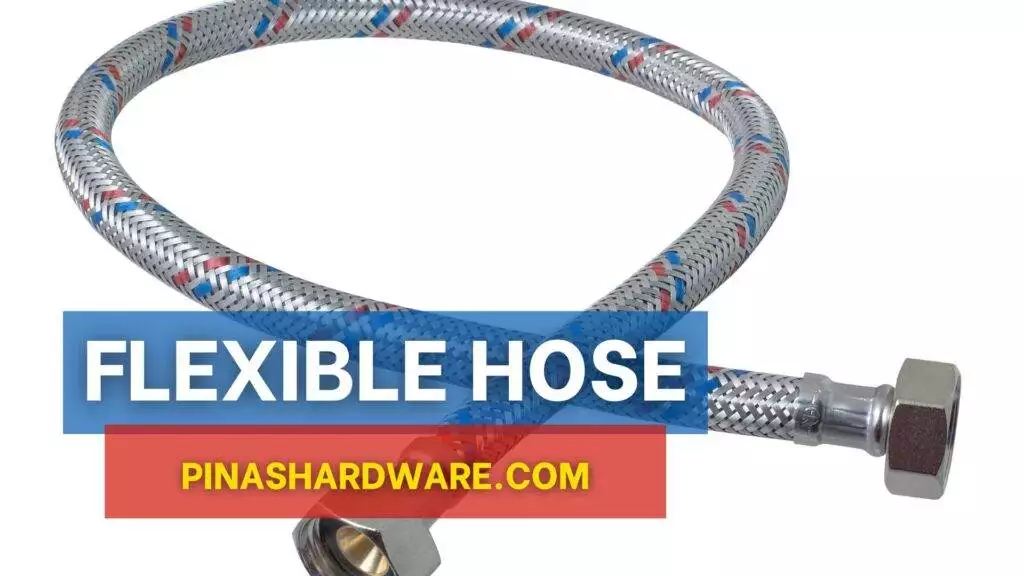A flexible hose is a tubular pipe with elasticity and the capacity to bend without losing its integrity or functionality. It is used to transport fluids or gases and is made of rubber, plastic, or metal, which can be used for a variety of purposes, such as industrial machinery, automotive systems, irrigation, and plumbing. Flexible hoses are versatile, allowing them to fit into various settings and get around obstacles. Usually, they are made up of an outer layer for protection, an inner tube for fluid passage, and reinforcement layers for strength. Because of their versatility, which makes them simple to install and move, they are crucial parts of many fluid transfer systems.
Flexible Hose Prices
Flexible hose prices vary depending on the brand, diameter, length, and material. Its price ranges from ₱50.00 to ₱520.00.
| Details | Diameter | Length | Material | Prices |
| Titanflex | ½ inch | 1.5m | Stainless Steel | ₱55.00 |
| Titanflex | ¾ inch | 2m | Stainless Steel | ₱80.00 |
| Alkaline | ¾ inch | 0.5 m | Silicone | ₱50.00 |
| Vhorse | ½ inch | 2m | Stainless Steel | ₱60.00 |
| Baokemo | ½ inch | 3m | Stainless Steel | ₱399.00 |
| Supreme | ¾ inch | 15m | PVC | ₱300.00 |
| Sanwa | 1 inch | 20m | Rubber | ₱520.00 |

Advantages of Flexible Hose
Shock Absorption – By absorbing shocks and vibrations, flexible hoses can lessen the strain on attached equipment and increase its lifespan.
Expansion and Contraction – In environments with varying temperatures, they can handle thermal expansion and contraction, promoting stability and averting damage.
Transportability – They are lightweight, which makes them convenient to handle and move around, especially in temporary or mobile setups.
Versatility – Their adaptability enables simple installation in confined areas and around obstructions, supporting intricate configurations and layouts.
Disadvantages of Flexible Hose
Flow Restrictions – Internal corrugations or restrictions in some flexible hose types can reduce pressure and alter flow rates, which can lower system efficiency.
Possibility of Leakage – Poor installation or aging over time can cause flexible hoses to leak, particularly at fittings and connections, requiring routine maintenance and inspection.
Damage Susceptibility – Compared to rigid pipes, they are more vulnerable to abrasion, punctures, and external impacts, necessitating cautious handling and protection in some situations.
FAQs
What materials are used to make flexible hoses?
Flexible hoses can be made of a variety of materials, including rubber, plastic, metal, and composites. Certain characteristics, like flexibility, temperature resistance, and chemical compatibility, are specific to each of these materials.
How can I choose the best flexible hose for my needs?
Take into account variables like the kind of gas or fluid being transported, the necessary pressure and temperature, compatibility with other substances or chemicals, installation limitations, and environmental conditions.
Can one use flexible hoses safely?
Flexible hoses can be used safely provided they are chosen, installed, and maintained correctly. Verify adherence to pertinent industry guidelines and standards, and periodically check hoses for damage, wear, or leaks.
Can flexible hoses be used for high-pressure applications?
Some flexible hoses are indeed made especially for high-pressure applications, but to guarantee performance and safety, you must choose hoses with the right pressure ratings and reinforcement layers.
How long do flexible hoses last?
A flexible hose’s lifespan is influenced by various elements, including material quality, maintenance procedures, and usage circumstances. Enhancing the lifespan of flexible hoses can be achieved through routine inspection and replacement when necessary.

